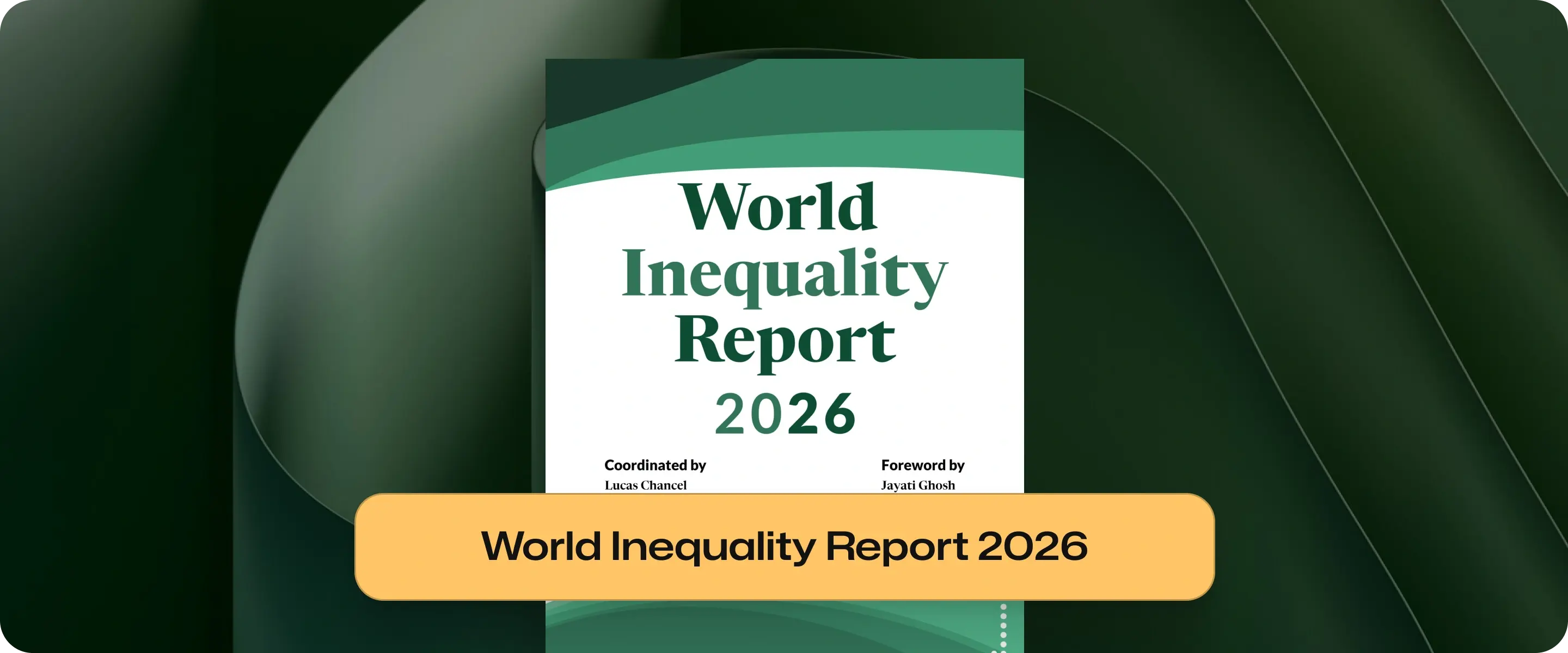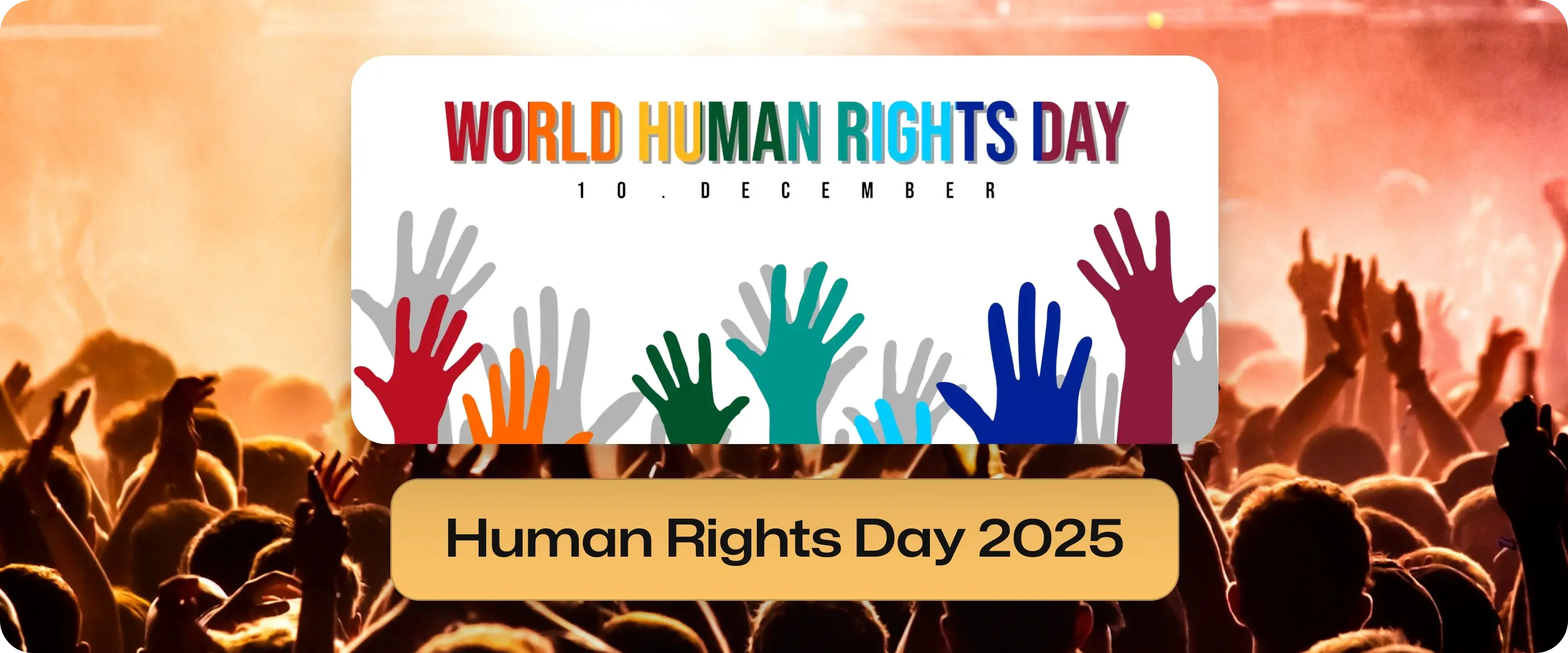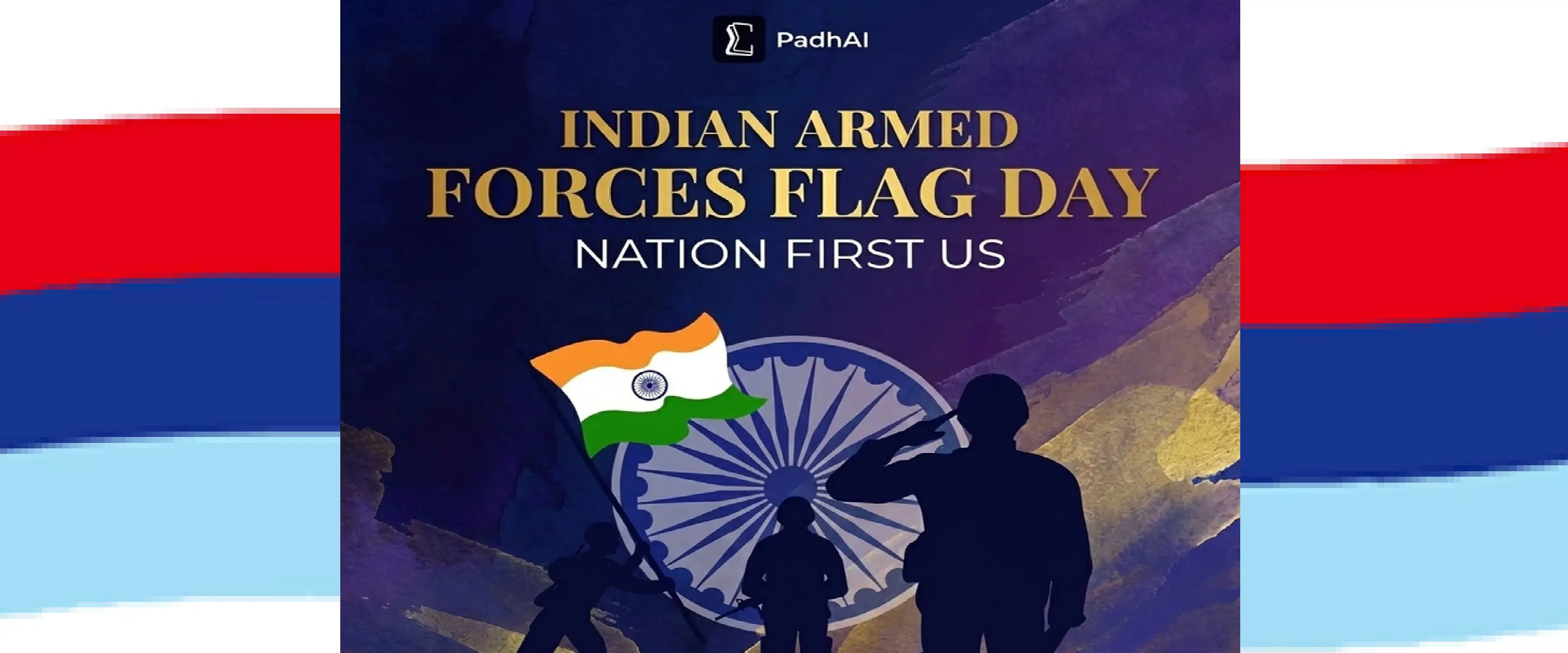ASEAN: Evolution, Members and India-ASEAN Relations
UPSC Prelims
Current affairs
Latest Update

Gajendra Singh Godara
Oct 28, 2025
15
mins read
The ASEAN full form is the Association of Southeast Asian Nations. It is a regional group which was formed on 8 August 1967.
The founding members are Indonesia, Malaysia, the Philippines, Singapore, and Thailand. It aims to promote economic, cultural, and security cooperation in the region.The ASEAN headquarters are at Jakarta, Indonesia..
ASEAN Countries List: 10 members (Indonesia, Malaysia, the Philippines, Singapore, Thailand, Brunei, Vietnam, Laos, Myanmar, Cambodia )
Population/GDP: ~700 million people; ~$3.6 trillion combined GDP (2022)
The Association of Southeast Asian Nations (ASEAN) Summit began on October 26, 2025. The 2025 ASEAN Summit will bring together leaders of the 10 Southeast Asian countries and their key allies. ASEAN leaders must tackle regional security, the economy, digital advancement, and sustainable development as some of the most important issues.
The summit supports ASEAN diplomacy. It helps promote collaboration and stability in the Indo-Pacific region. It also encourages growth in the area. The bloc plans to reaffirm its commitment to its foundational motto, ‘One Vision, One Identity, One Community.’
Cold War tensions:
The Cold War brought with it many instabilities. During this ideological conflict, ASEAN emerged as a Southeast Asian diplomatic initiative to promote regional cooperation.
The motto and need to develop a cooperative framework drove the five founding countries. This framework aimed to promote peace and stability.
The 1967 Bangkok Declaration enshrined this formal cooperation as a region.
Bangkok Declaration (1967):
In August 1967, the founding countries signed the ASEAN Declaration in Bangkok.
This marked the start of ASEAN as a regional group focused on development cooperation. It was also the first step in a strategy to contain communism.
Prior to ASEAN's formation, three Southeast Asian nations (Thailand, the Philippines, and Malaya) established the Association of Southeast Asia (ASA) in 1961, which served as a precursor to regional cooperation.
Timeline
The inaugural summit of ASEAN took place in 1976 in Bali. This resulted in the Treaty of Amity and Cooperation (TAC).
ASEAN started the ASEAN Free Trade Area (AFTA) in 1992. The goal was to reduce tariffs among its original members.
ASEAN then adopted the ASEAN Charter in 2007:
which laid the foundational legal structure of the organization.
This charter divided the ASEAN unity pillars into three aspects: economic, political-security, and socio-cultural.
ASEAN expanded to include the ASEAN Economic Community (AEC) in 2015. This expanded the community's role. It created the first single market in the region for goods, services, investment, labor, and capital.
ASEAN Summit
Association of Southeast Asian Nations (ASEAN) leaders meet every year at the ASEAN Summit to set the agenda and review cooperation. The first summit (1976 in Bali) agreed on the Treaty of Amity and Cooperation (TAC).
Secretariat & ACC
The ASEAN Secretariat (Jakarta) organizes meetings and implements programs.
The ASEAN Coordinating Council (ACC) guides implementation of summit decisions.
ACC includes the foreign ministers of all members. Various sectoral and ministerial bodies (economic, socio-cultural councils, etc.) translate policies into action.
Regional forums
To maintain its centrality, ASEAN also brings together regional security and cooperation forums, such as
the ASEAN Regional Forum (ARF):which conducts broad security dialogues,
and the East Asia Summit (EAS) which engages ASEAN +8 leaders.
The ASEAN Defense Ministers' Meeting Plus (ADMM+) engages dialogue partners on the defence structures.
These arrangements ensure the forum assumes a significant convening role in the Indo-Pacific.
Decision-making
The ASEAN Way relies on an informal approach emphasizing consensus-building, consultation, and non-interference, though this may slow response times during urgent crises.
It embraces, building unity, and non-interference which may slow response time in the event of an urgent crisis.
AFTA (1992)
The ASEAN Free Trade Area aims at reducing tariffs within the member countries.
Introduced in 1992, it decreased customs duties among the original six members to 0-5% by 2002.
AEC (2015)
The ASEAN Economic Community serves as a single market treaty.
Its 2007 Blueprint laid the foundations for a single market, a competitive region, equitable development, and global economic integration.
This expanded the community's role. It created the first single market in the region for goods, services, investment, labor, and capital.
Regional FTAs and RCEP
In 2020, ASEAN countries joined Australia, China, Japan, South Korea and New Zealand to form the Regional Comprehensive Economic Partnership (RCEP). India did NOT join RCEP. India participated in early negotiations but opted out in 2019.
Timeline of Partnership
1992: India became ASEAN’s Sectoral Dialogue Partner.
1996: Upgraded to Full Dialogue Partner and joined the ASEAN Regional forum.
2002: Elevated to Summit-level Partner; inaugural ASEAN-India Summit.
2003: Signed Treaty of Amity & Cooperation; Framework Agreement on Economic Cooperation.
2005: Founder member of East Asia Summit.
2014: “Look East Policy” transformed into “Act East Policy”.
Annual summits, Delhi Dialogue (Track 1.5), and multiple ministerial meetings continue.
Areas of Cooperation
Trade and Investment
ASEAN is India’s 4th largest trading partner. They have bilateral trade over $110 billion (2021–22).
ASEAN–India Business Council (AIBC) (since 2005) promotes business linkages.
There are ongoing negotiations to review & modernize the ASEAN-India FTA to address India’s trade deficit.
Connectivity
The most prominent road networks under construction include the India-Myanmar-Thailand Trilateral Highway, and the Kaladan Multi-Modal Transit Transport Project.
Teams are doing more work to improve digital, aerial, and maritime integration. The ASEAN-India Digital Work Plan and new shipping routes demonstrate this.
Defence & Security
Numerous joint military exercises have been conducted, including the first ASEAN-India Maritime Exercise in 2023.
India’s participation in the ASEAN Defence Ministers’ Meeting Plus (ADMM+) focused discussion on maritime security in the region.
Coordination has been achieved in the areas of counter-terrorism, cybersecurity, transnational crime, and Humanitarian Assistance and Disaster Relief (HADR).
Socio-cultural & People-to-People
Student, diplomat, parliamentarian, and think tank exchange programs, and the Eminent Persons Lecture Series have regularly been shared among the countries.
The ASEAN-India Fund, the Science & Technology Development Fund, and the Green Fund support joint initiatives.
In the field of education and research collaboration is evidenced by the establishment of the ASEAN-India Centre (AIC) at RIS, the Network of Think Tanks, and available scholarships for ASEAN students.
The Delhi Dialogue serves as an annual platform for the exchange of policy ideas and academic discourse.
Challenges & Issues
Persistent trade deficit: India’s imports around $68 billion from ASEAN exceed exports of about $42 billion in 2021-22.
Engagement often remains more bilateral than multilateral. Thus, limiting India’s leverage.
Limited progress in physical/digital connectivity: The unfinished highways, lack of direct shipping routes needs to be addressed.
Stronger economic dependence of ASEAN on China undermines India’s influence.
Regional agreements like RCEP and CPTPP and China’s Belt and Road Initiative (BRI) divert ASEAN attention/resources.
Non-tariff barriers and services trade barriers for Indian businesses.
Slow implementation of promised infrastructure/connectivity projects.
ASEAN is key to regional diplomacy in the Indo-Pacific.
It supports its central role through platforms like the ASEAN Regional Forum (ARF) and the East Asia Summit (EAS).
This central role helps create a security system based on rules. It fits with India’s Act East Policy and Indo-Pacific vision.
The region's important location,
Key sea routes like the Strait of Malacca, makes the association crucial for global trade.
It is also key for energy security.
This positions ASEAN as an essential partner in India's plan for stable supply chains and maritime safety.
ASEAN acts as a multilateral hub.
This lets India work with major powers like China, the US, and Japan.
It helps create balance in the region and promotes peace.
Strengths of ASEAN:
ASEAN is home to over 630 million individuals, with a rapidly growing middle class.
This rapid development also makes ASEAN the 4th largest global exporter, considering the trade and investment opportunities available in the union. The Indian economy could benefit from these opportunities in terms of exports and capital inflows.
The group’s broad cultural diversity encourages the development of profound socio-economic linkages. The impact of soft power in this regard is further augmented through educational partnerships, cultural celebrations, and the collaborative work of think tanks.
ASEAN’s numerous free trade agreements with India, Japan, China, and South Korea facilitate not only economic access but also the necessary degree of economic integration.
ASEAN’s commitment to fostering peace in the region, through the Treaty of Amity and region adherence to the Cooperation (TAC) treaty, ensures stability. Security is also provided through the ASEAN Defence Ministers’ Meeting Plus (ADMM+) forums, which within the Indian context, aligns with the SAGAR doctrine.
Trade Enhancement:
Revise and expand the scope of the ASEAN-India Free Trade Agreement to include addressing non-tariff barriers and modernizing customs processes.
Integrate Indian MSMEs into the ASEAN supply chain to enhance the export competitiveness of Indian MSMEs and promote bilateral and regional value chain consolidation.
Connectivity Development:
Focus on the completion and operationalization of high-priority projects such as the India–Myanmar–Thailand Trilateral Highway and Kaladan Multi-Modal Transit Transport Project.
Create more corridors for multimodal connectivity via rail, road, air, and inland waterways to better incorporate Northeast India and ASEAN.
Security and Maritime Cooperation:
Improved coordination and cooperation on the sharing of real-time information and joint piracy, smuggling, and illegal fishing surveillance systems, and associated capacity building will increase maritime domain awareness.
Collaboration on non-traditional security areas such as cyber security, terrorism, and Humanitarian Assistance and Disaster Relief (HADR) will enhance cooperation and coordination.
Strategic and Multilateral Initiatives:
Consider establishing a QUAD+ framework. This would include the current QUAD members—India, the US, Japan, and Australia—as well as ASEAN countries. The goal is to make the Indo-Pacific region safer and help the economy work together better.
Use the processes and tools of ASEAN to support the ASEAN 2025 vision of a rules-based order on the open seas. This includes maritime law (UNCLOS) and solving disputes peacefully in areas like the South China Sea.
Utilize multilateral platforms such as the East Asia Summit and the ASEAN Regional Forum to demonstrate unity. This serves to promote regional stability, counterbalance the looming assertiveness of China, and strengthen the region’s resilience.
Frequently asked question (FAQs)
ASEAN aims at establishing cordial relations and stability amongst the Southeast Asian countries and is a regionally-led Indo-pacific stabilising forums contributor to the Indo-Pacific order.
ASEAN encompasses a population of over 700 million and a GDP of 3.6 trillion dollars. With initiatives such as AFTA and AEC, ASEAN is one of the most integrated and economically significant mechanisms.
In terms of ASEAN's importance as a market, and partner, its support of India’s Act East Policy is another means of gaining leverage against China, as ASEAN is pivotal to the balancing of China’s dominance in the region.
UPSC Calendar 2026 is released on 15th May, 2025.
UPSC Mains Result 2025 is now released.
Check out the updated and latest UPSC Syllabus 2026 here.
UPSC Notification 2025 was released on 22nd January 2025.
UPSC Prelims Question Paper 2025 and Unofficial Prelims Answer Key 2025 are available now.
UPSC Prelims 2026 will be conducted on 24th May, 2026 & UPSC Mains 2026 will be conducted on 21st August 2026.
The UPSC Prelims 2026 is scheduled for May 24, 2026, while the UPSC Mains 2026 will be conducted from August 21, 2026.
The UPSC Selection Process is of 3 stages-Prelims, Mains and Interview.
UPSC Result 2024 is released with latest UPSC Marksheet 2024. Check Now!












